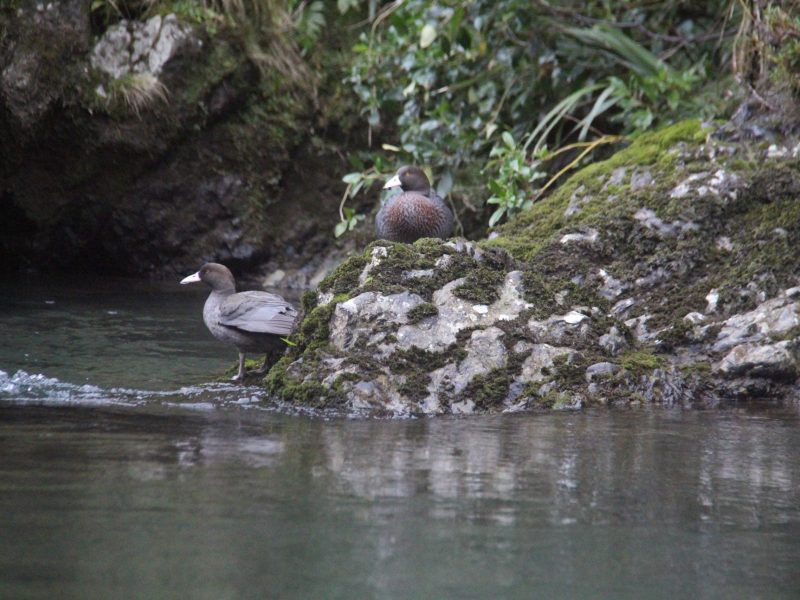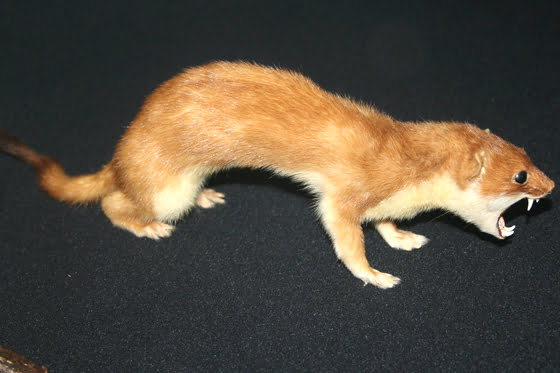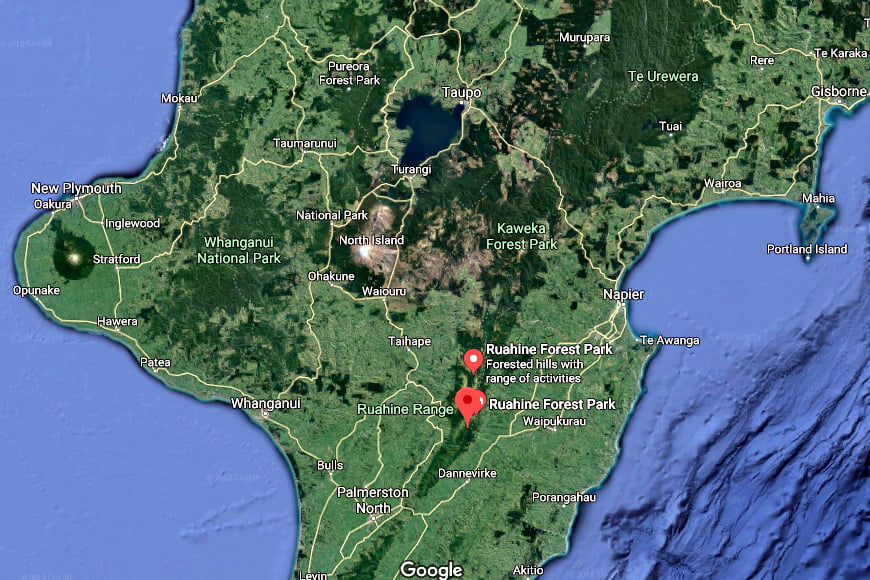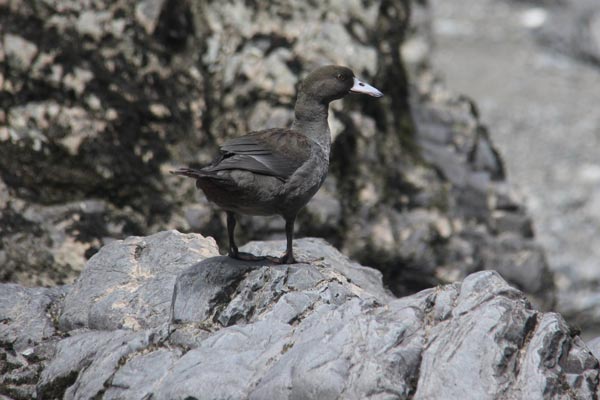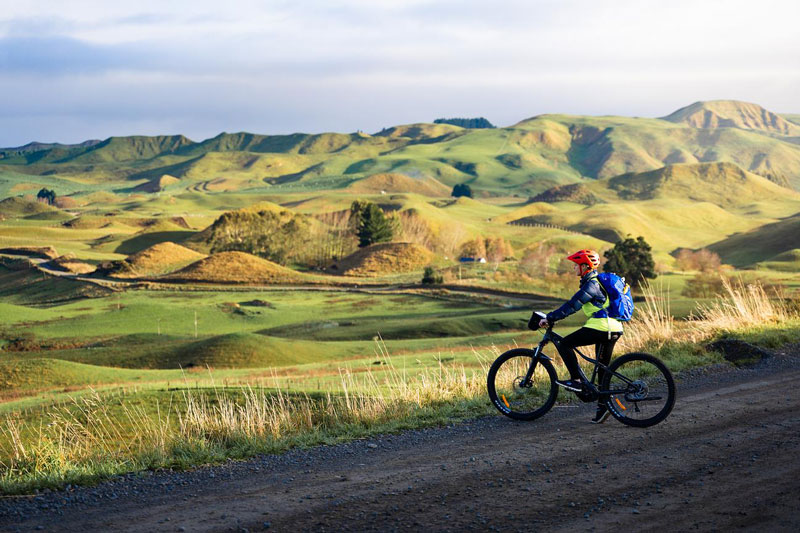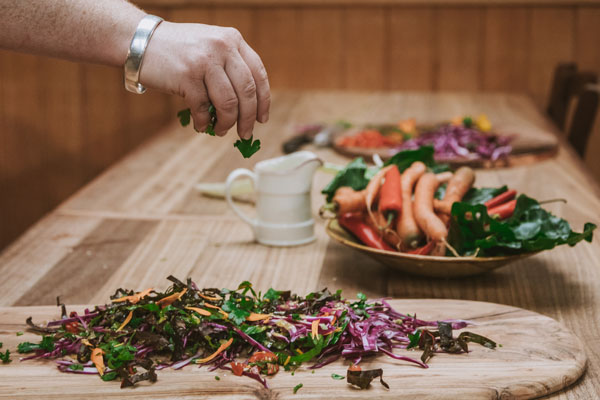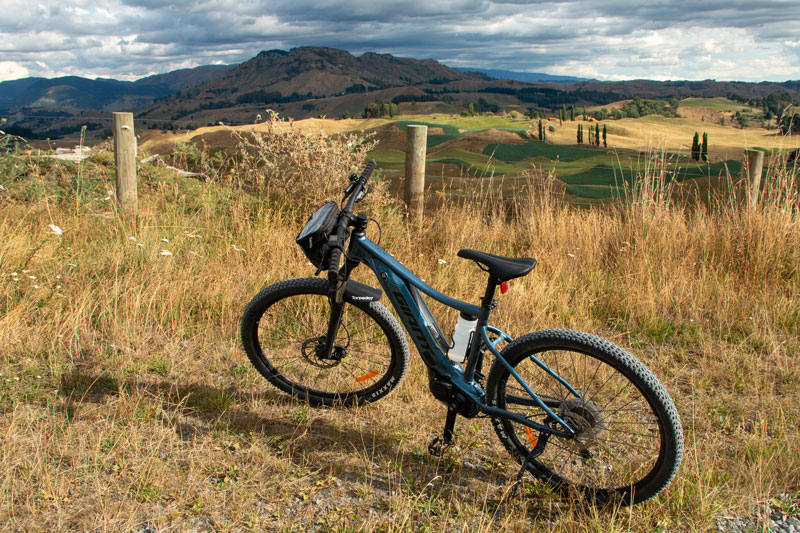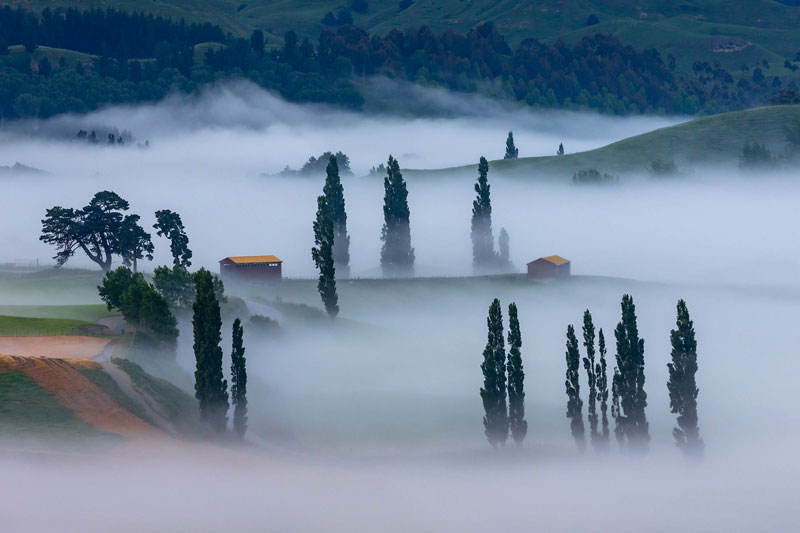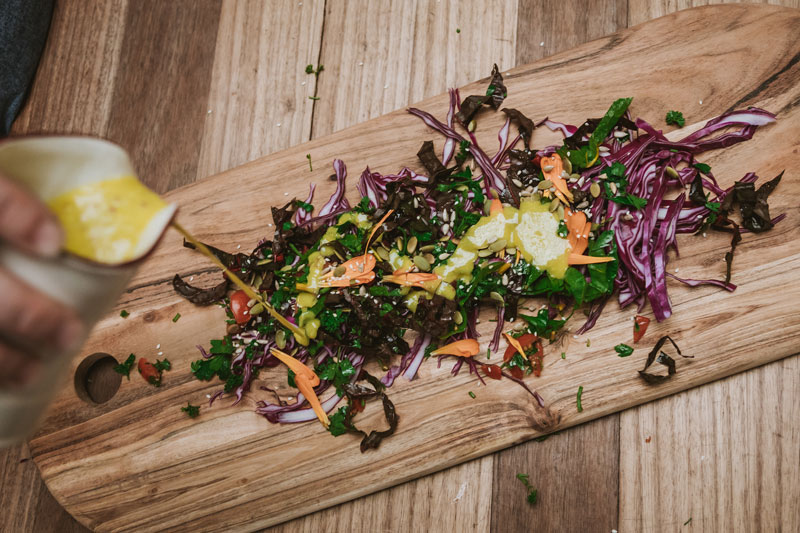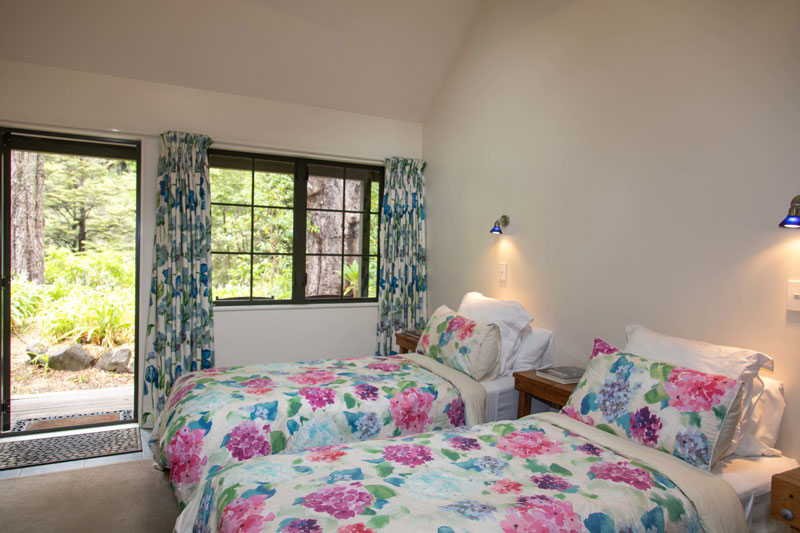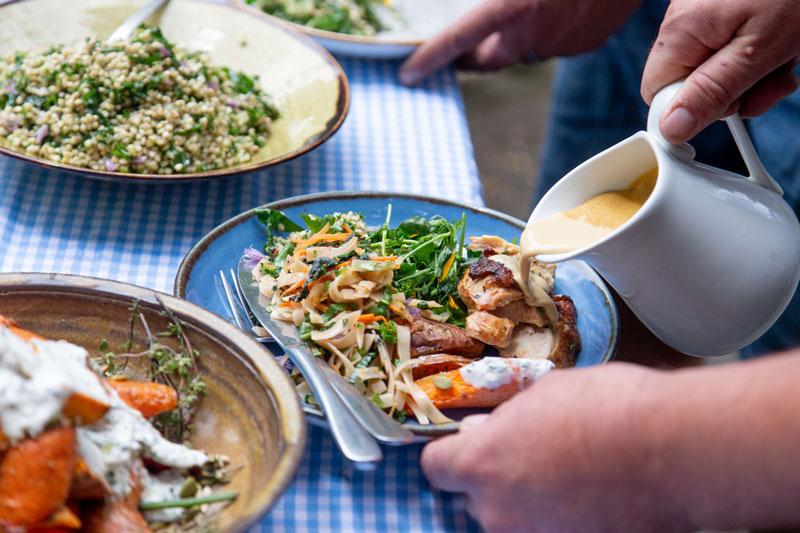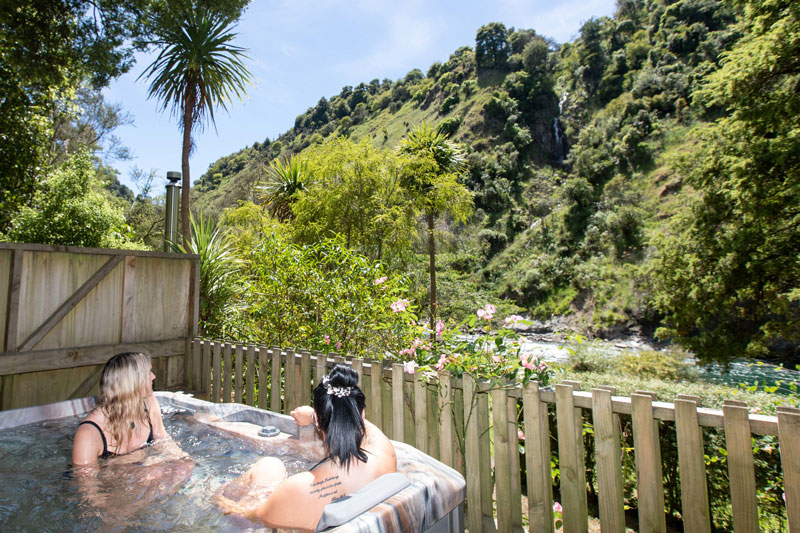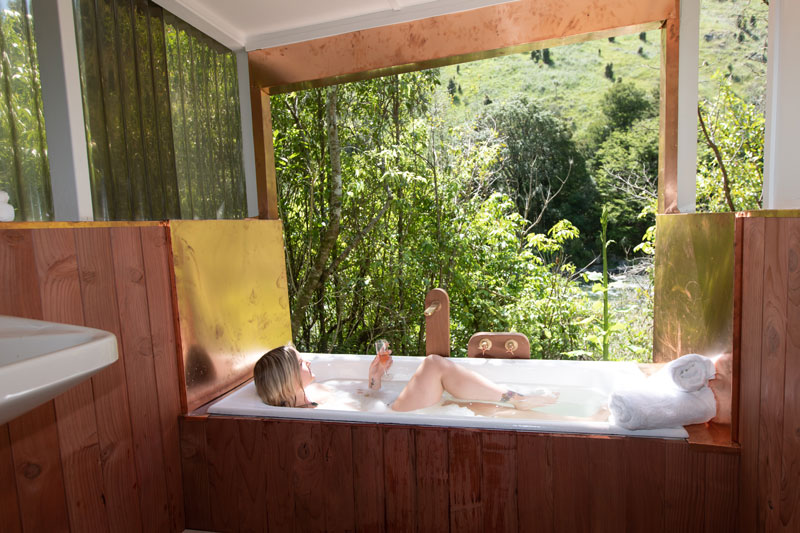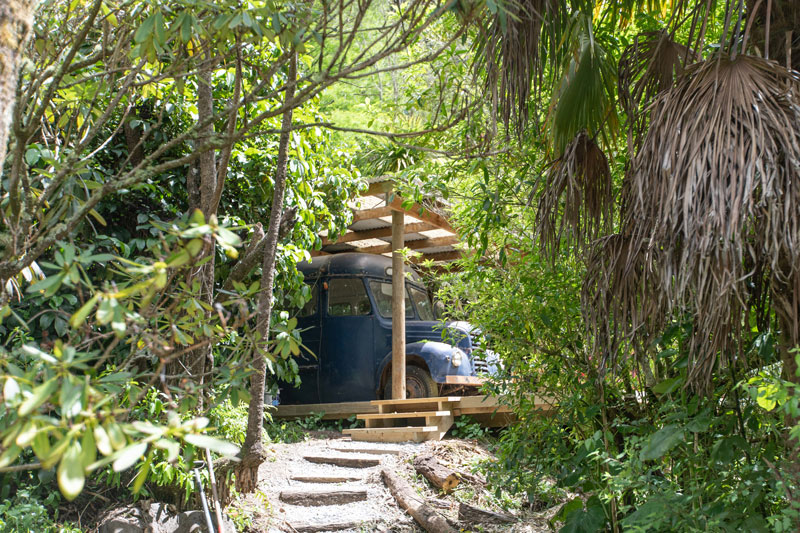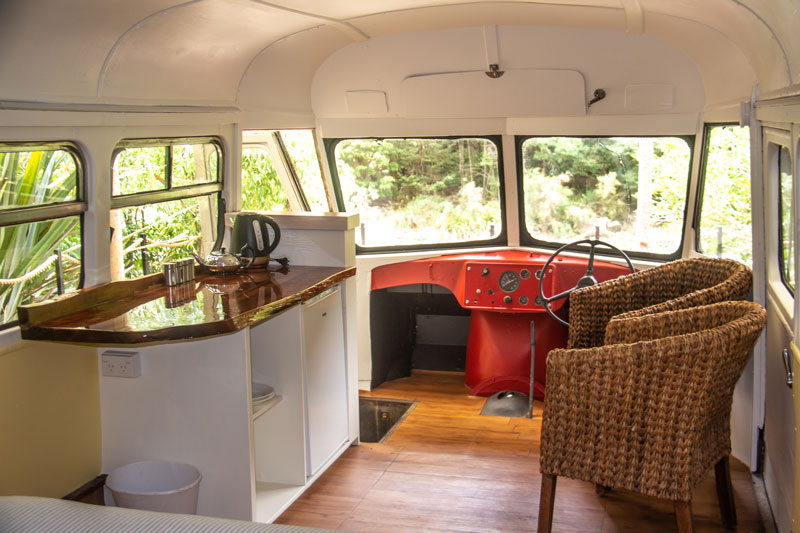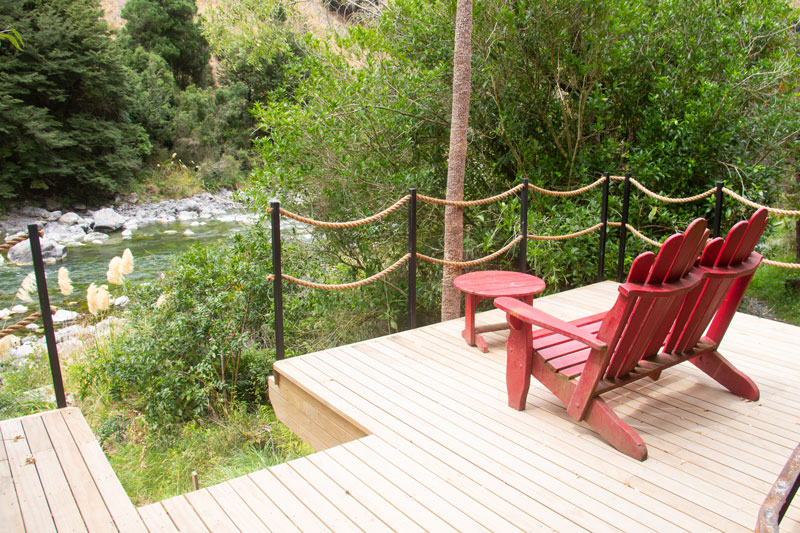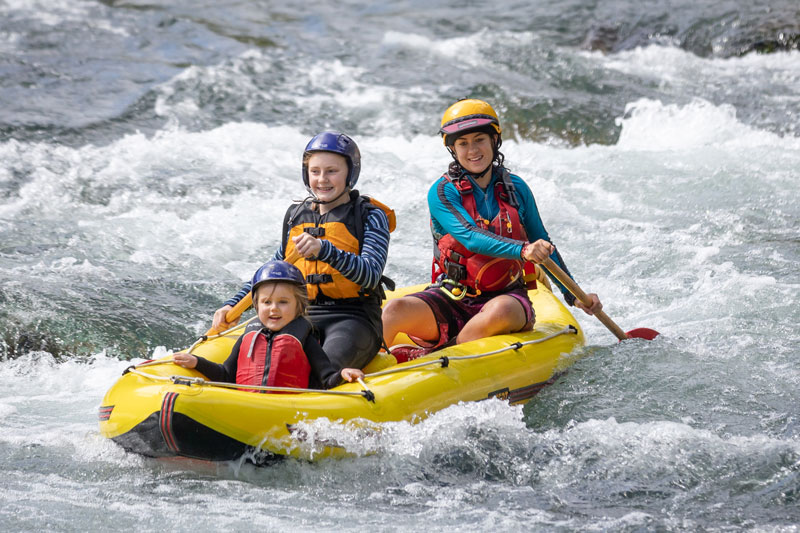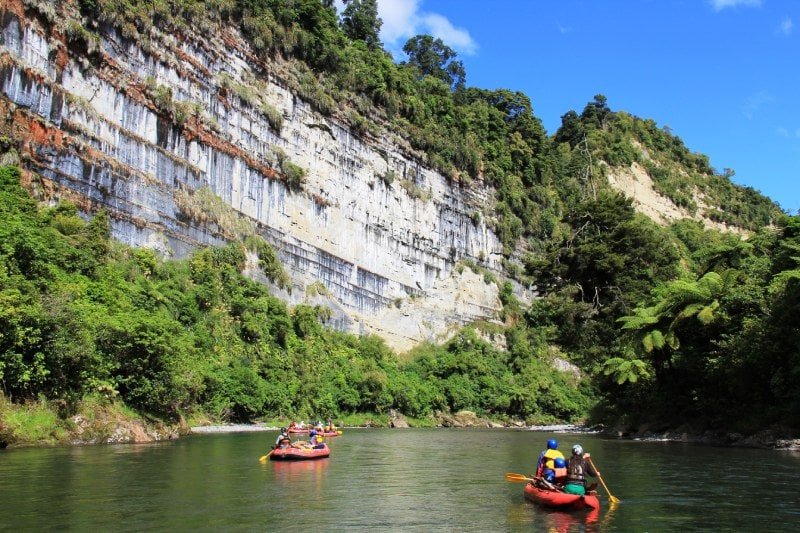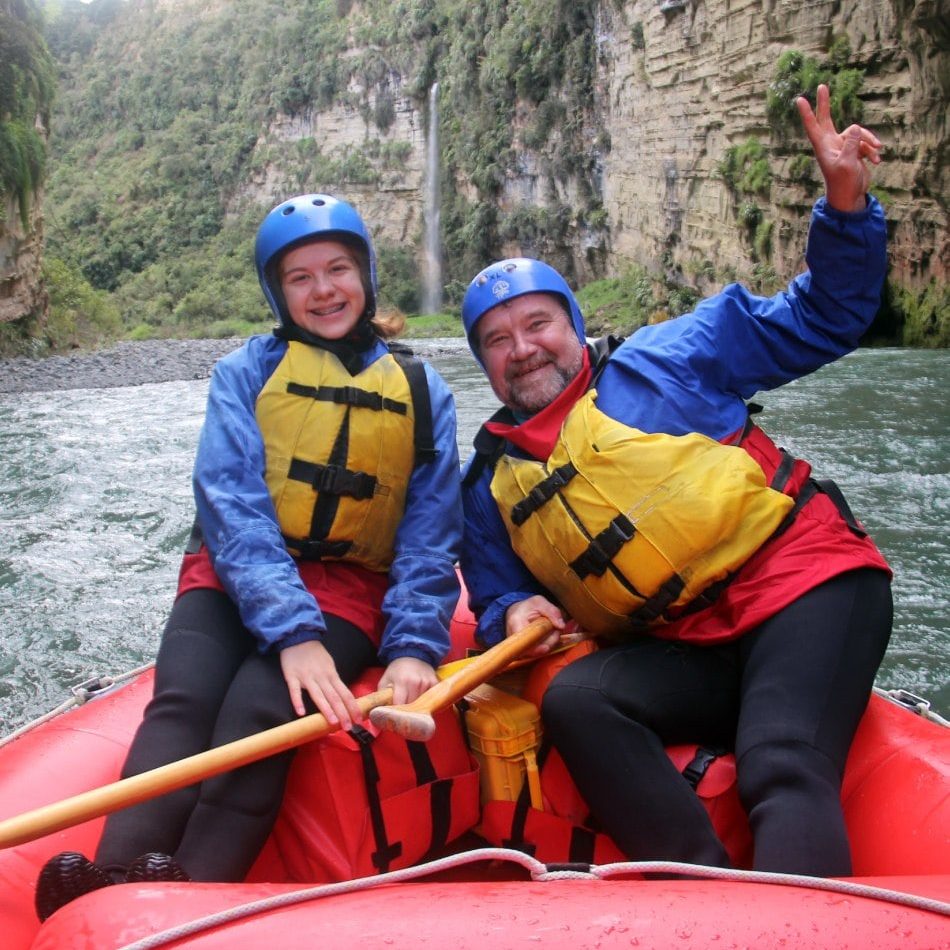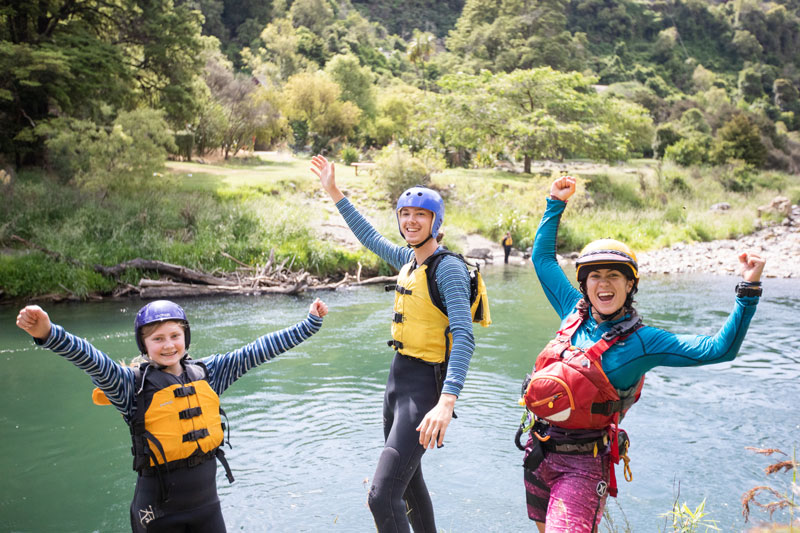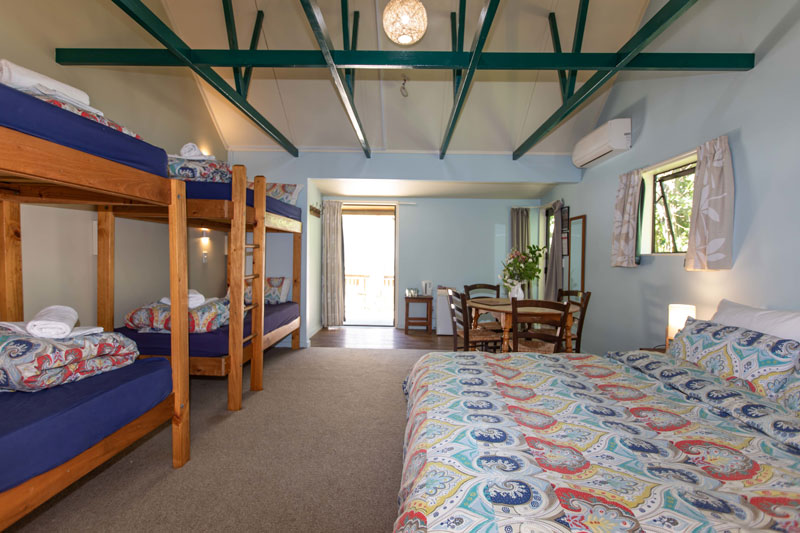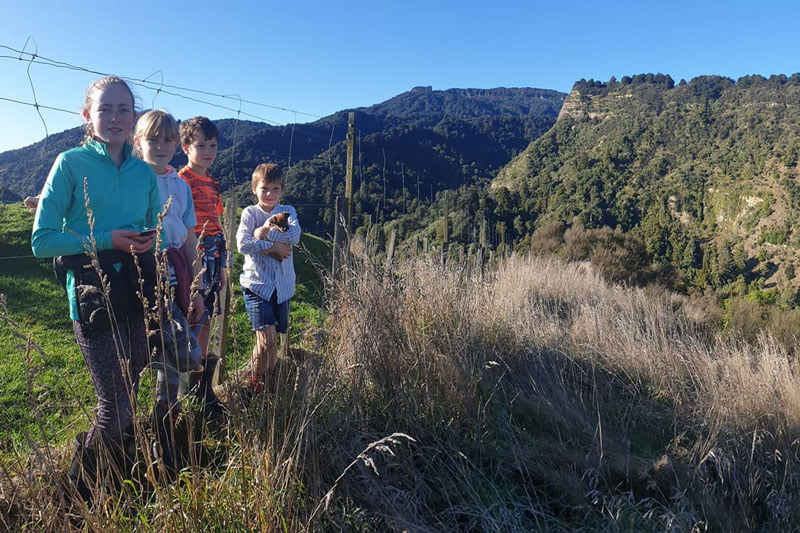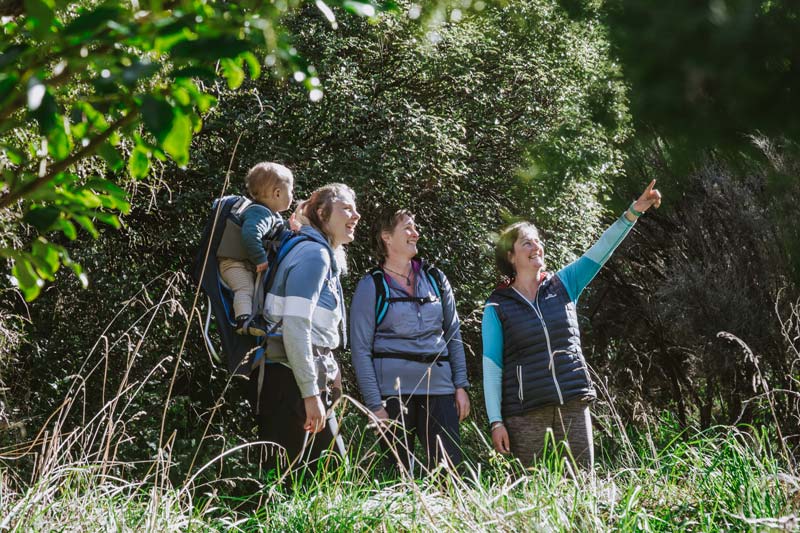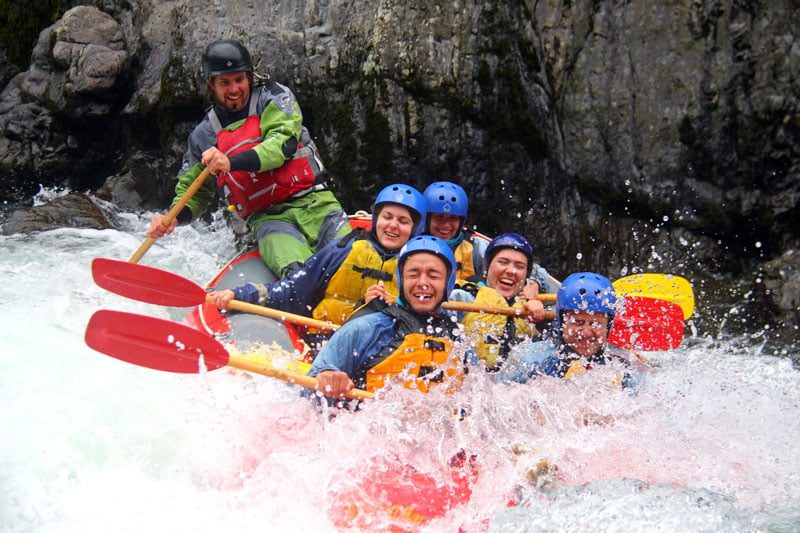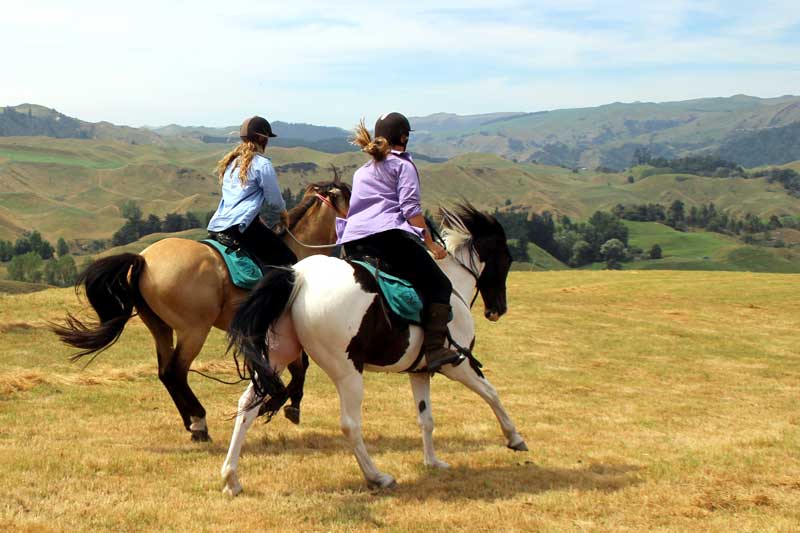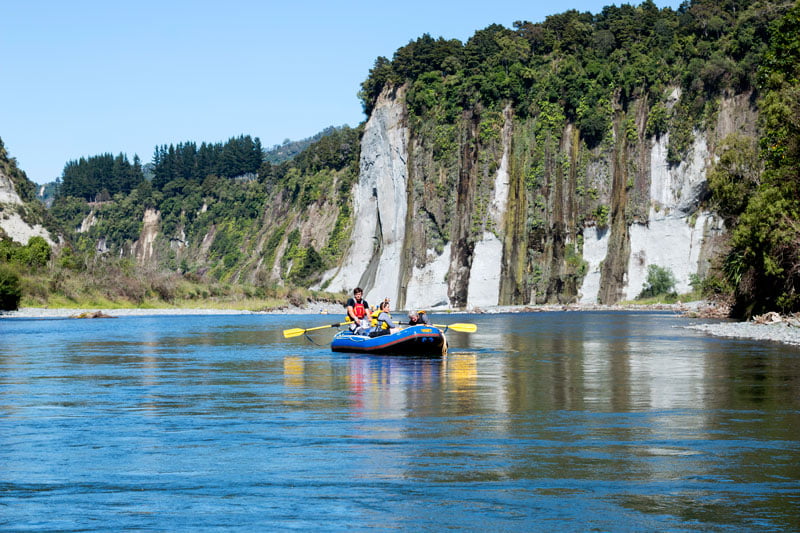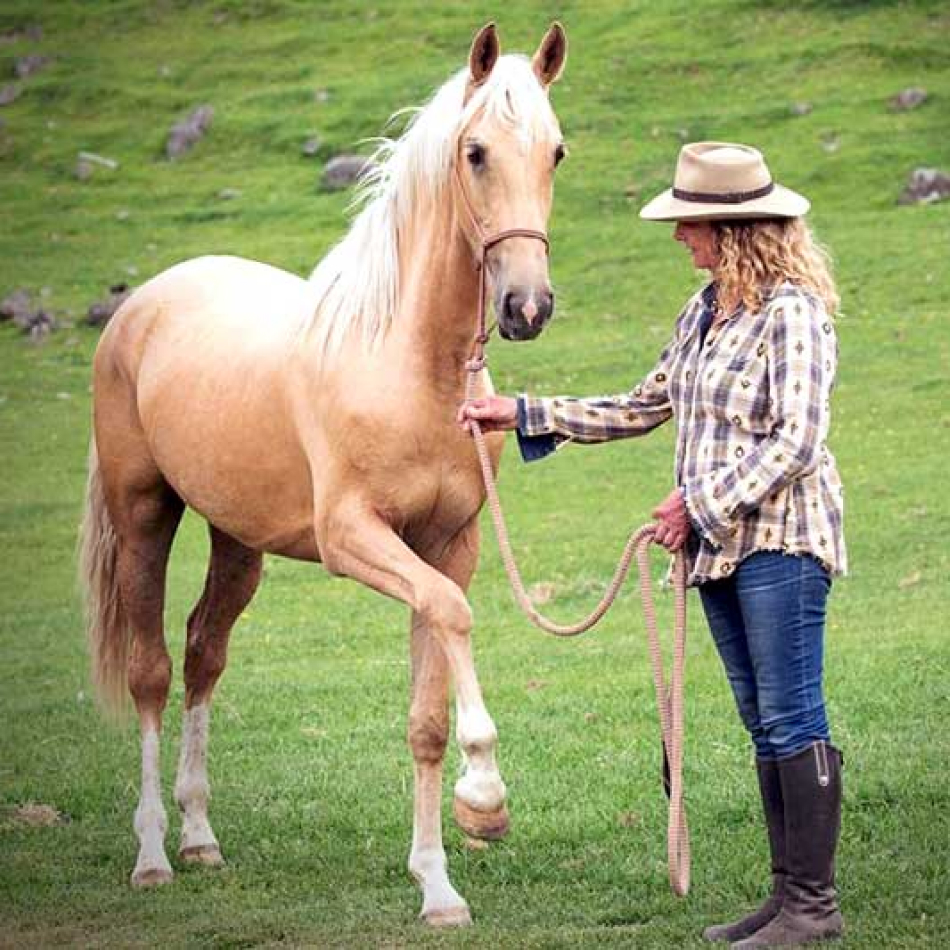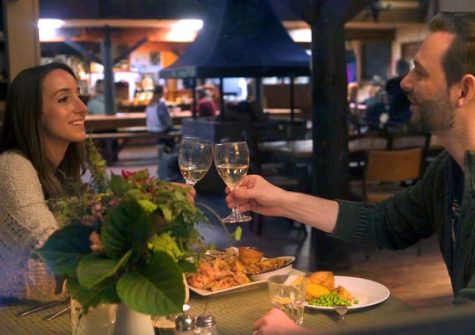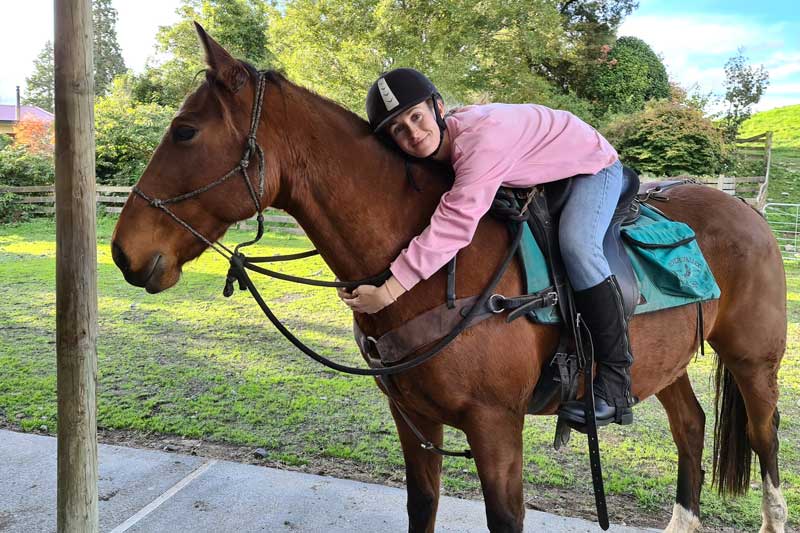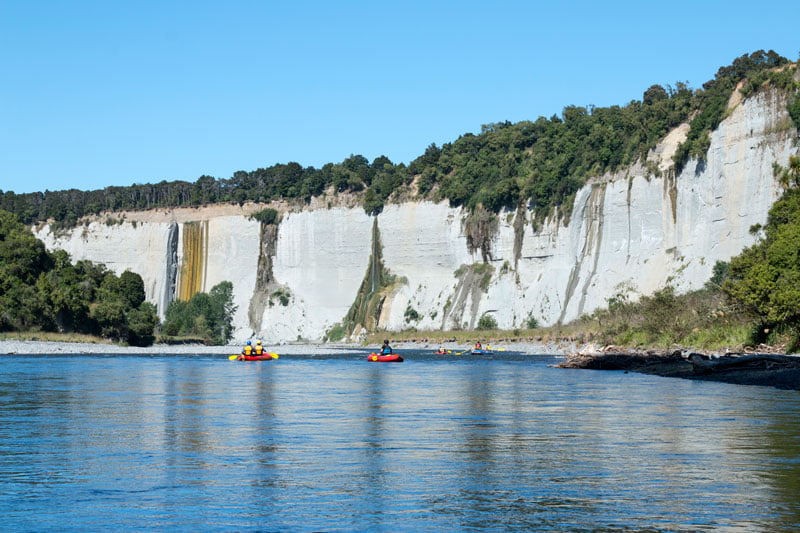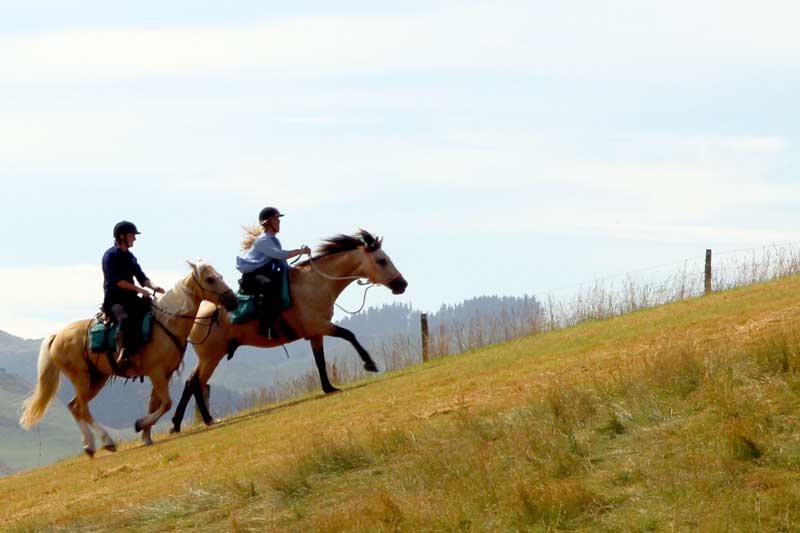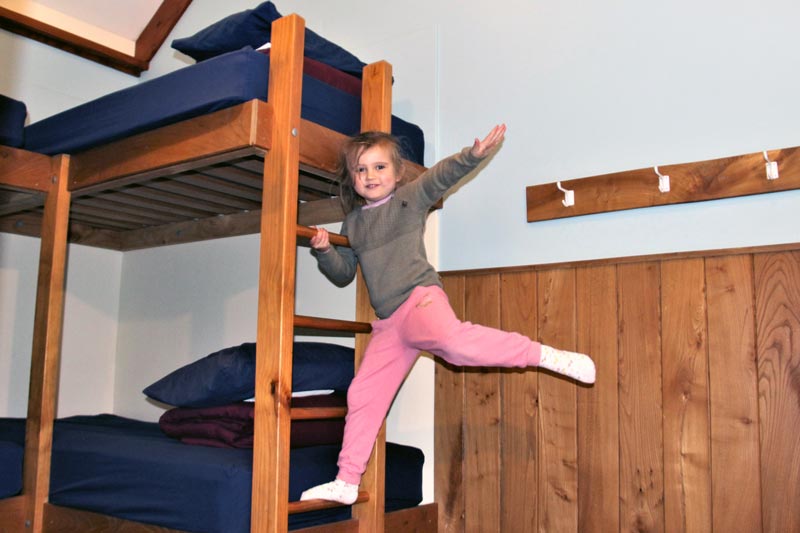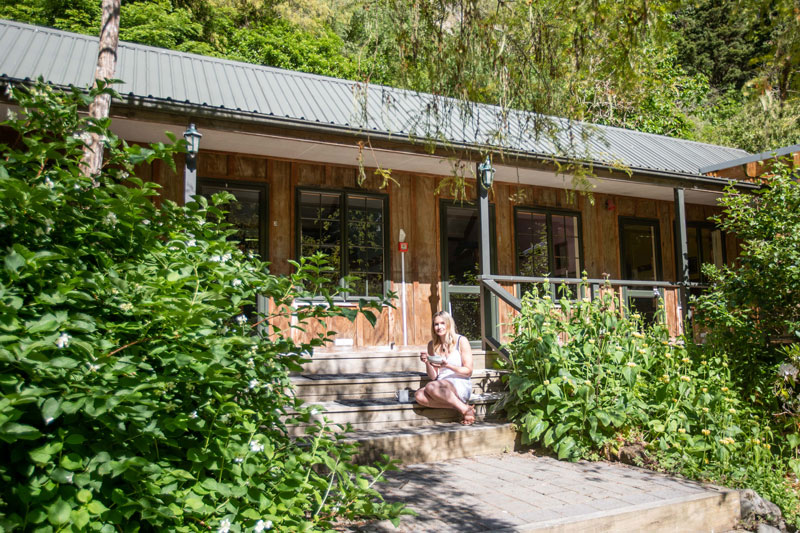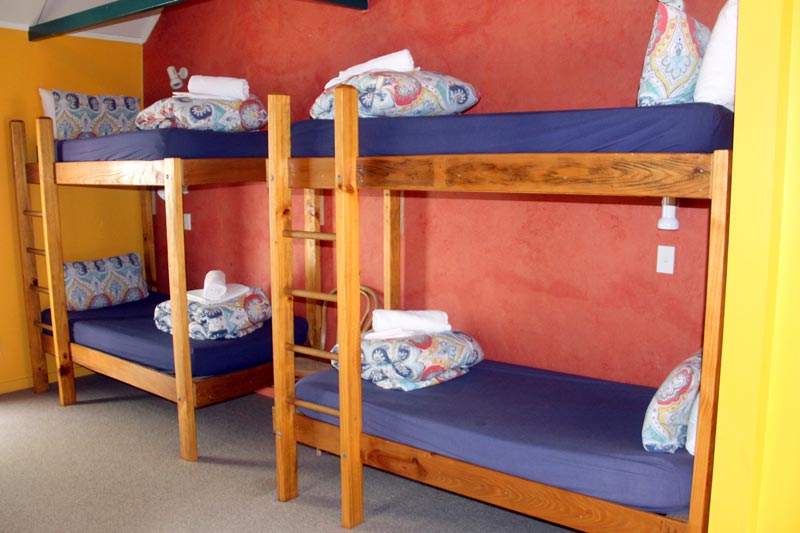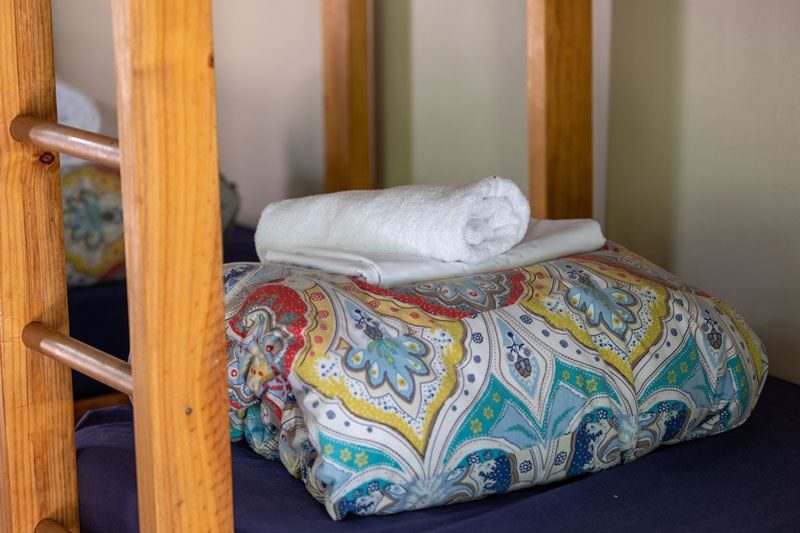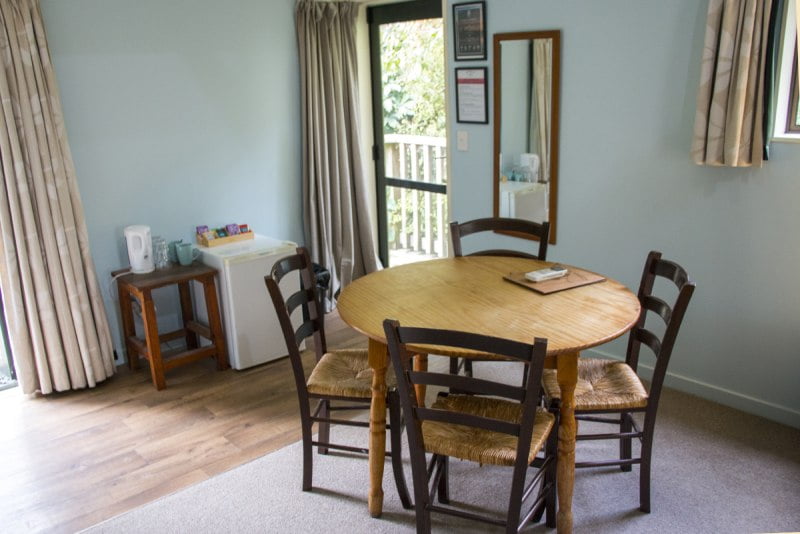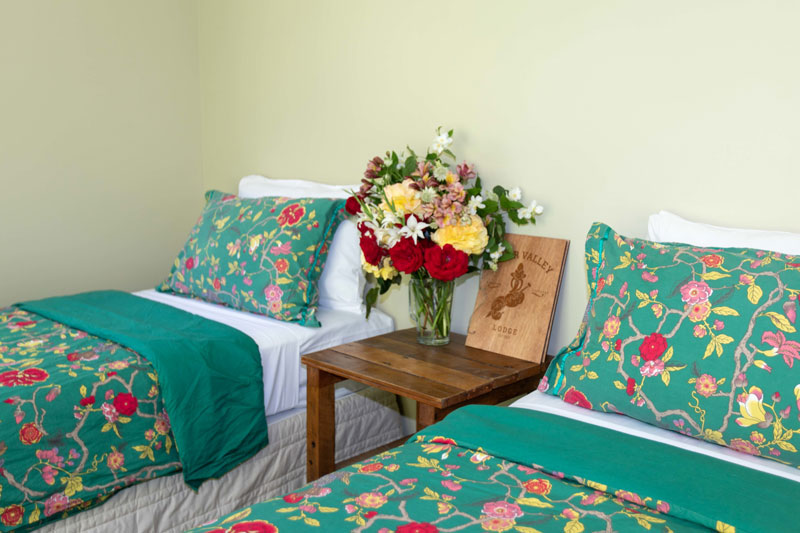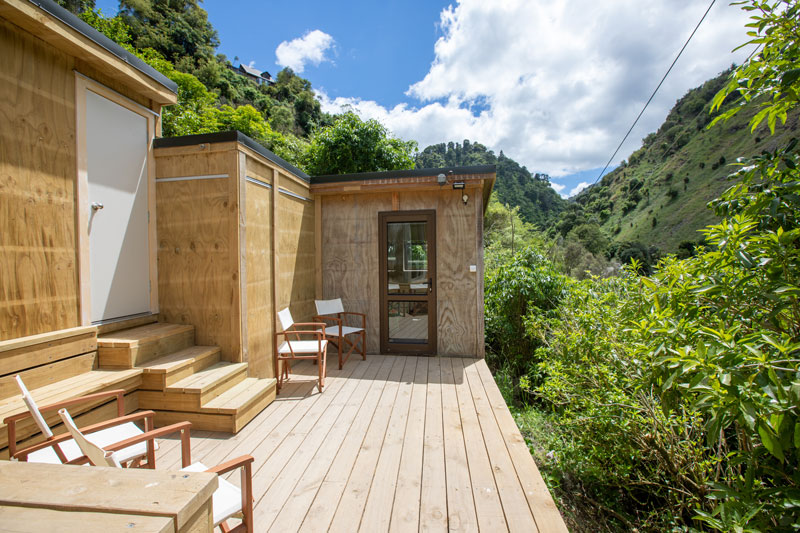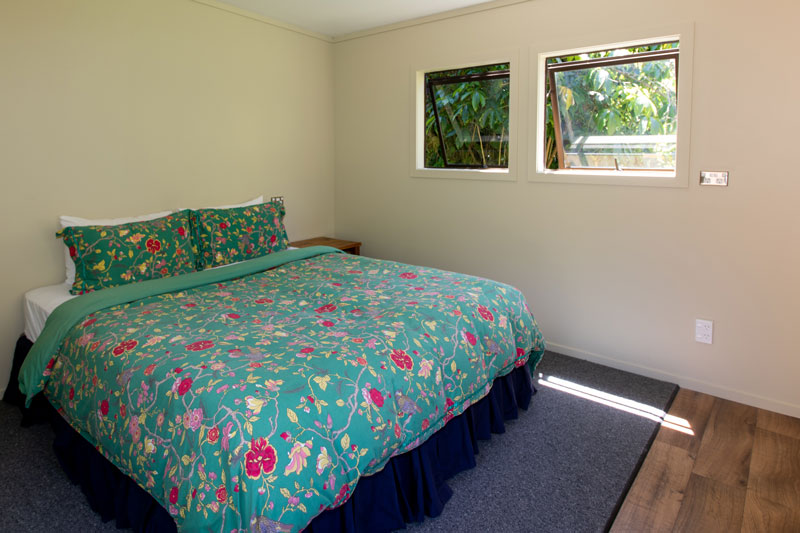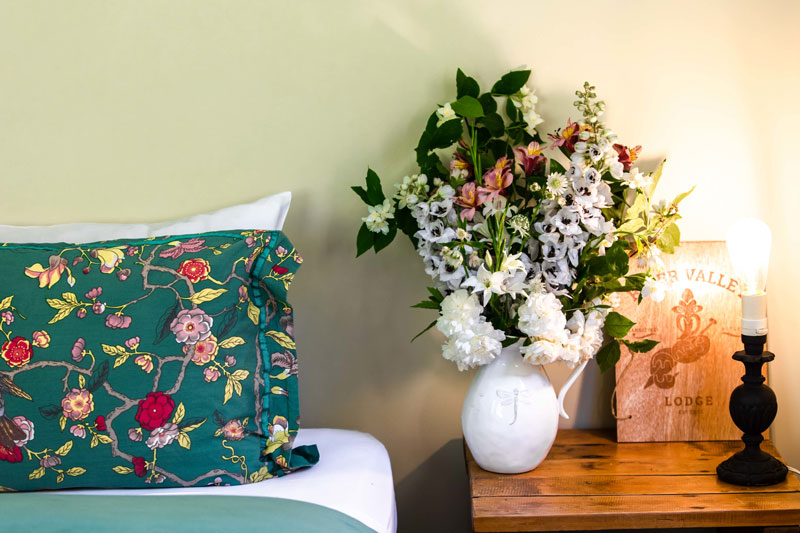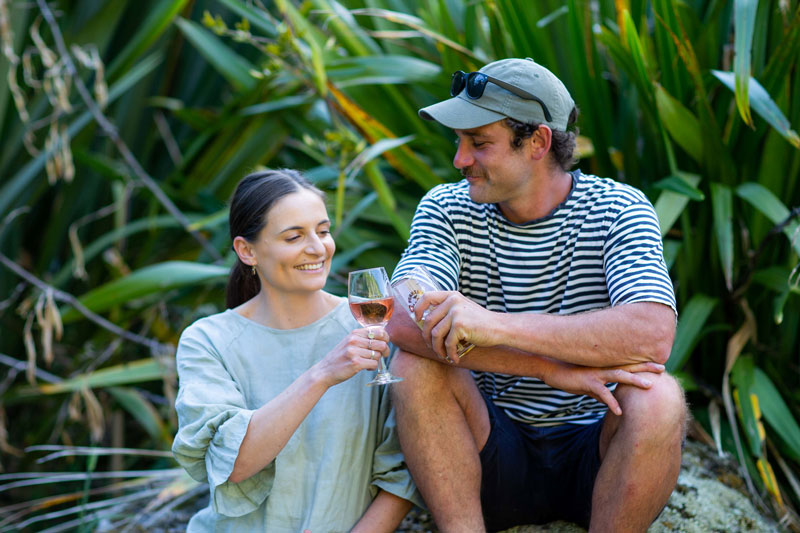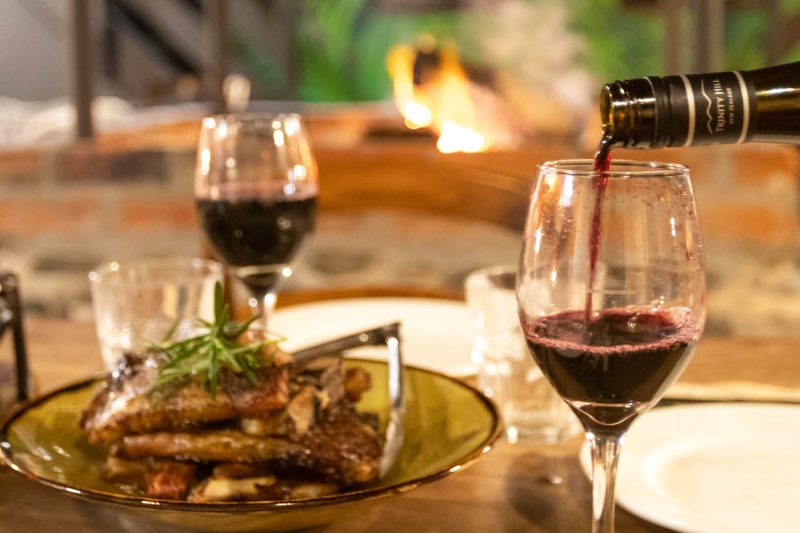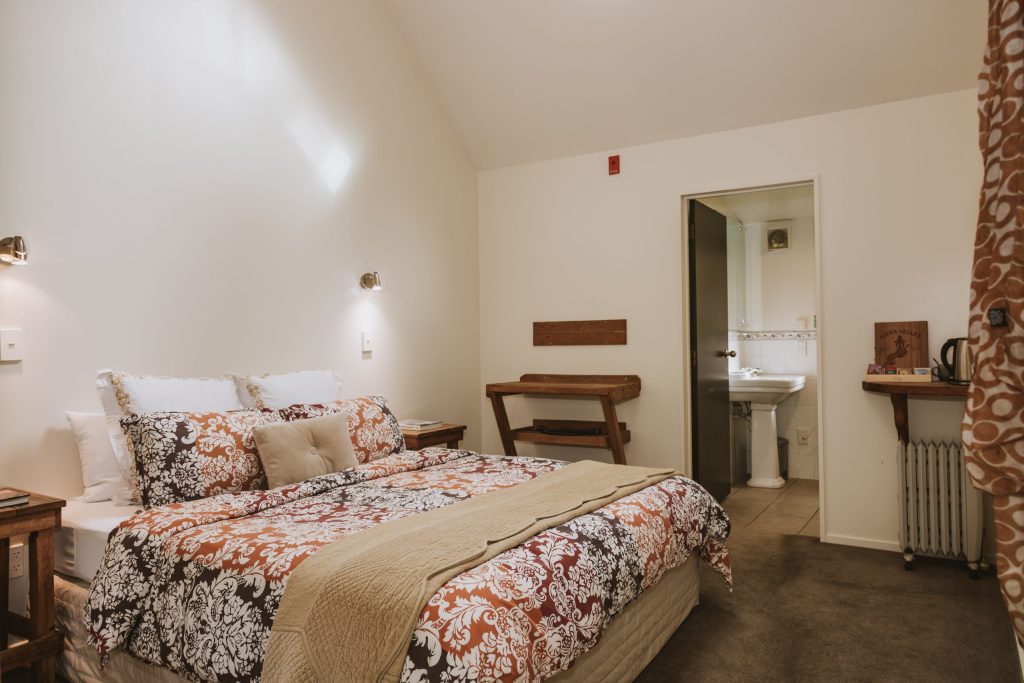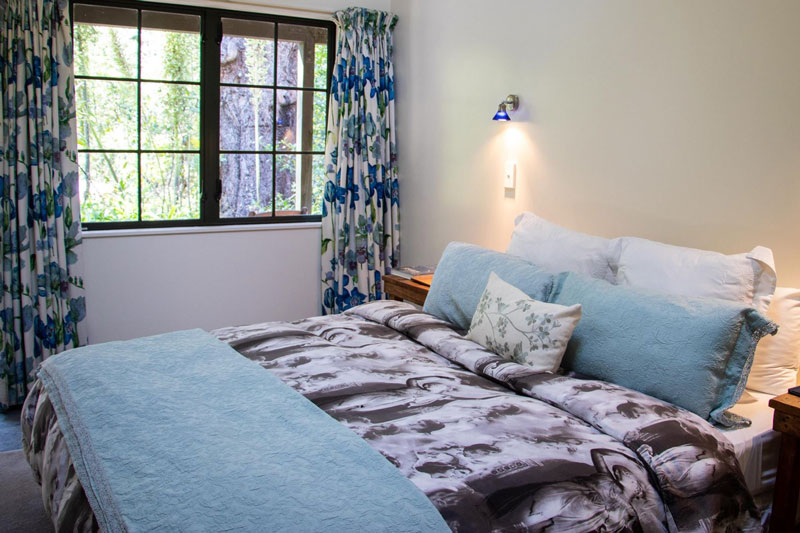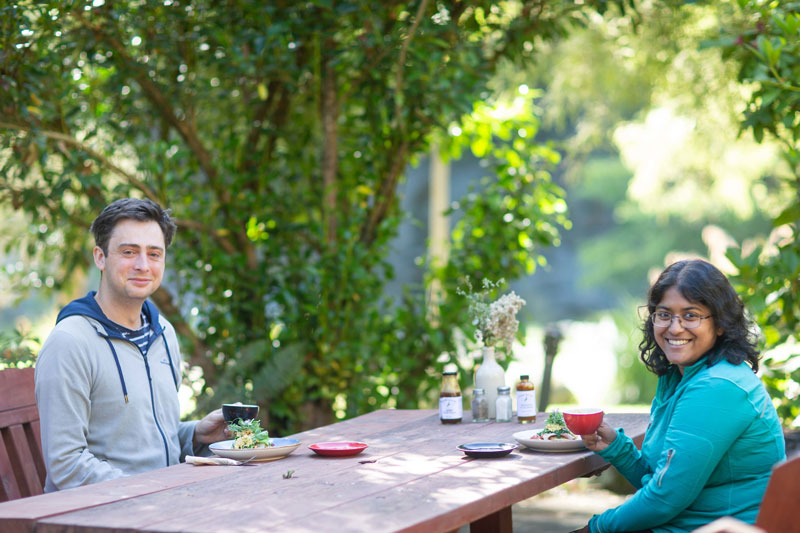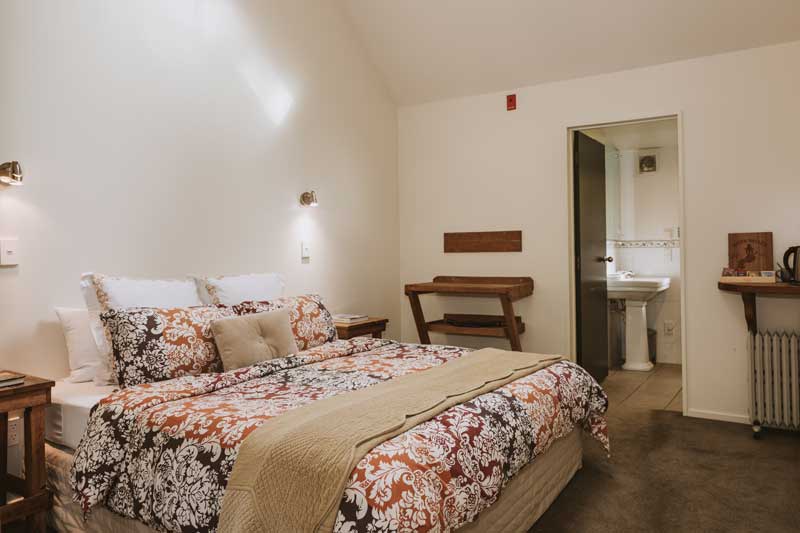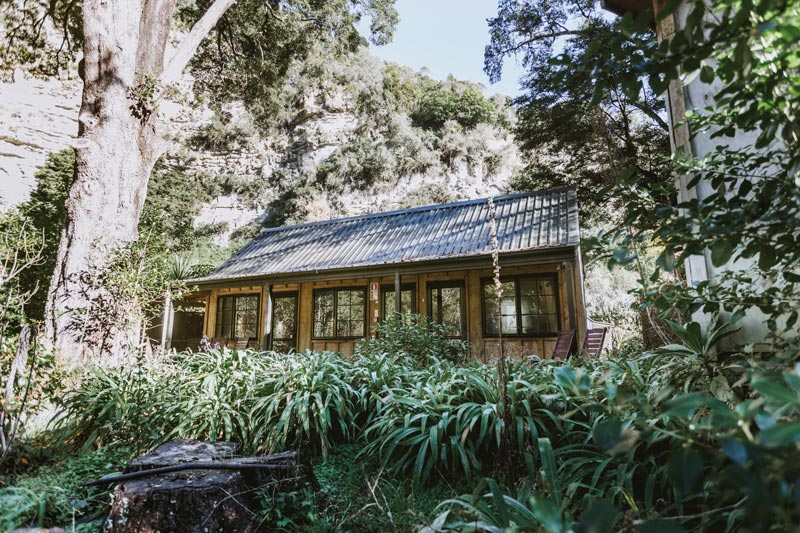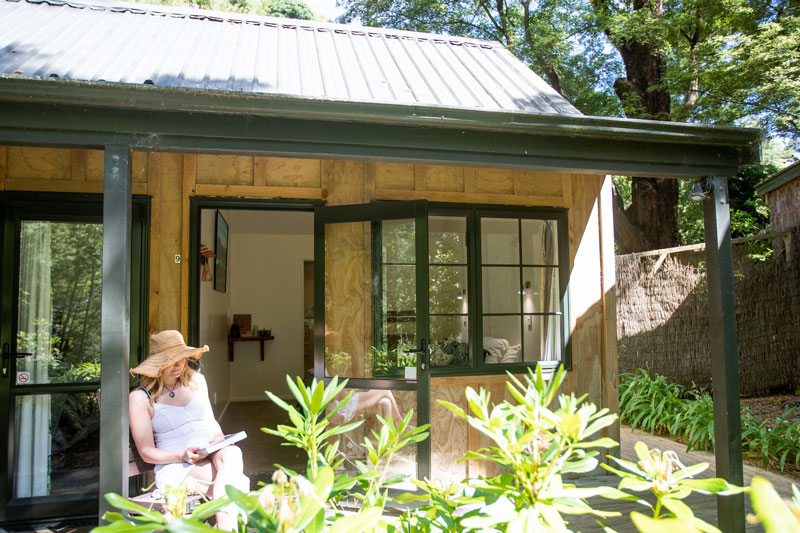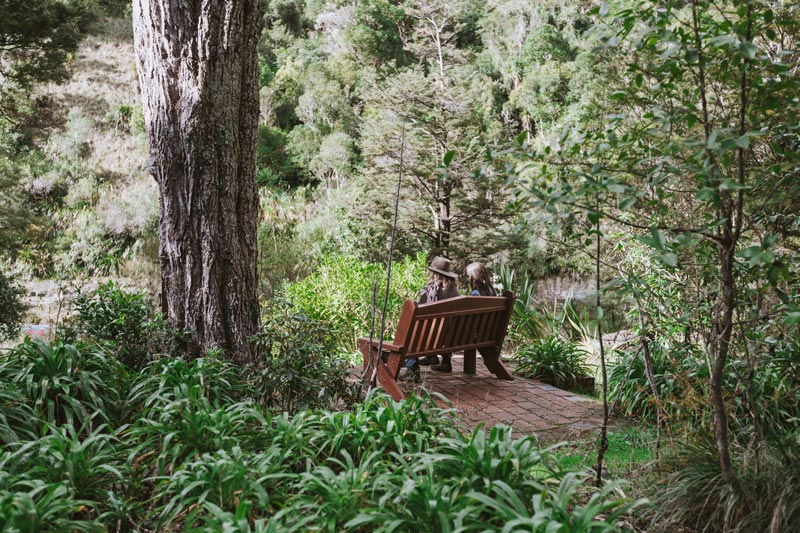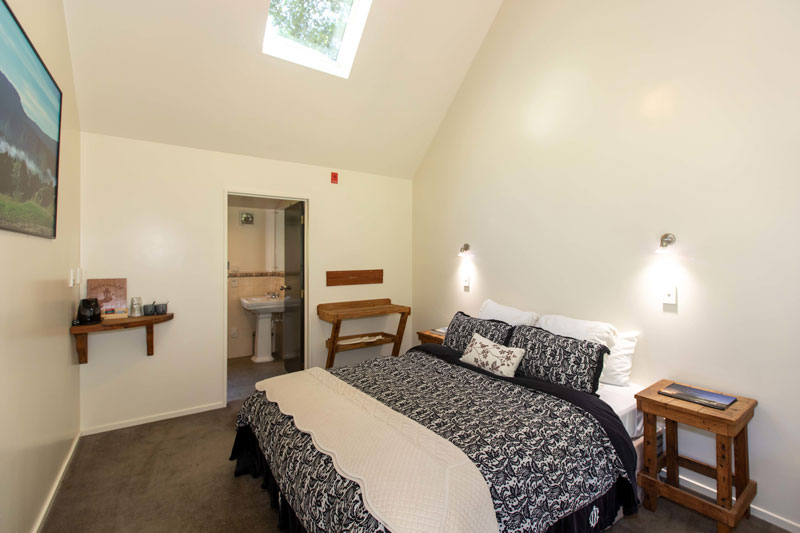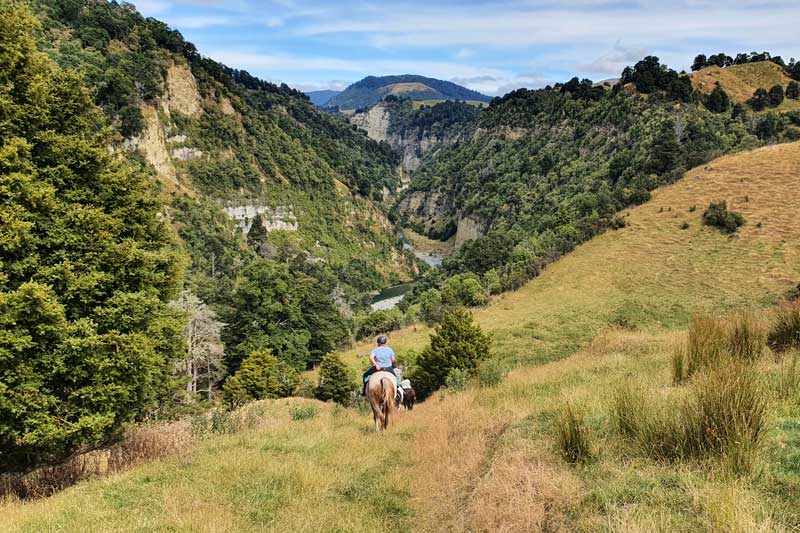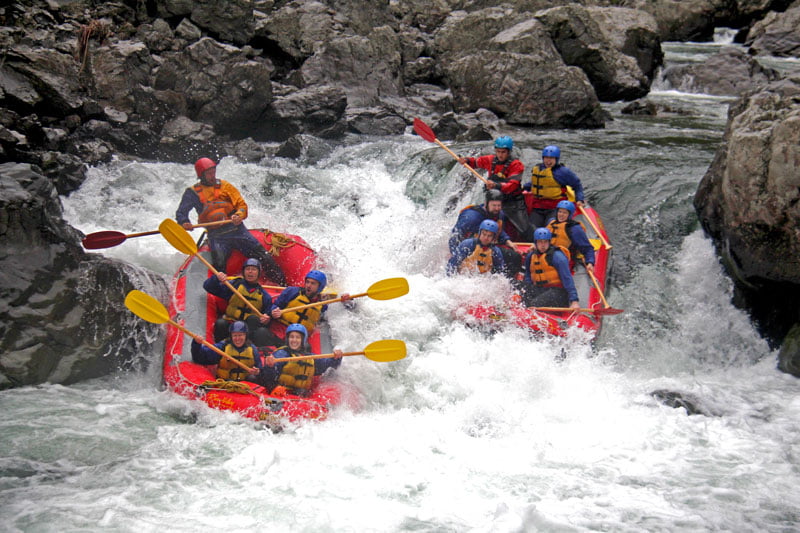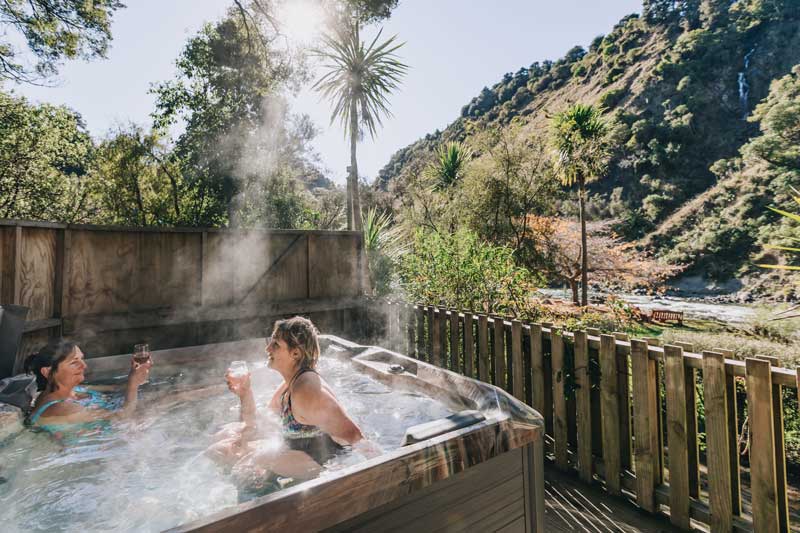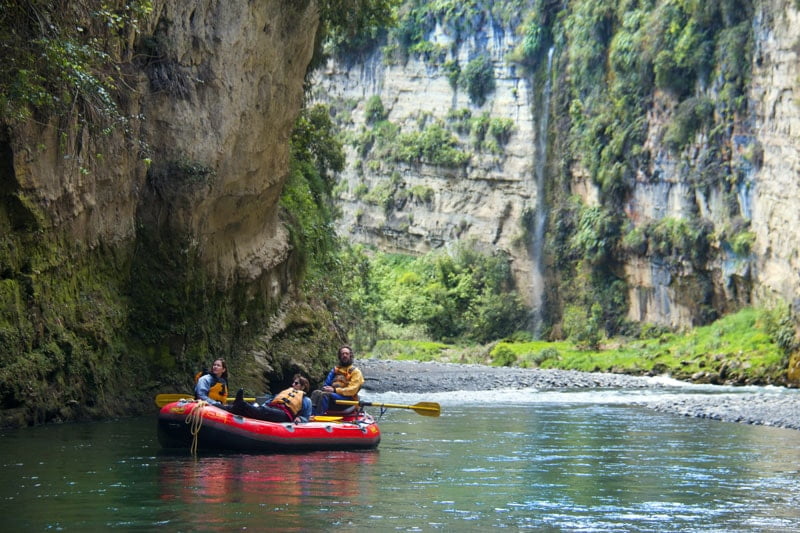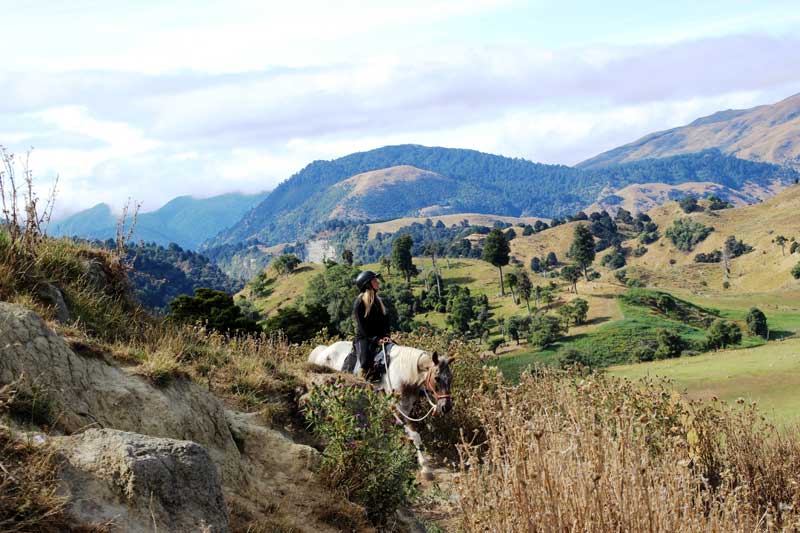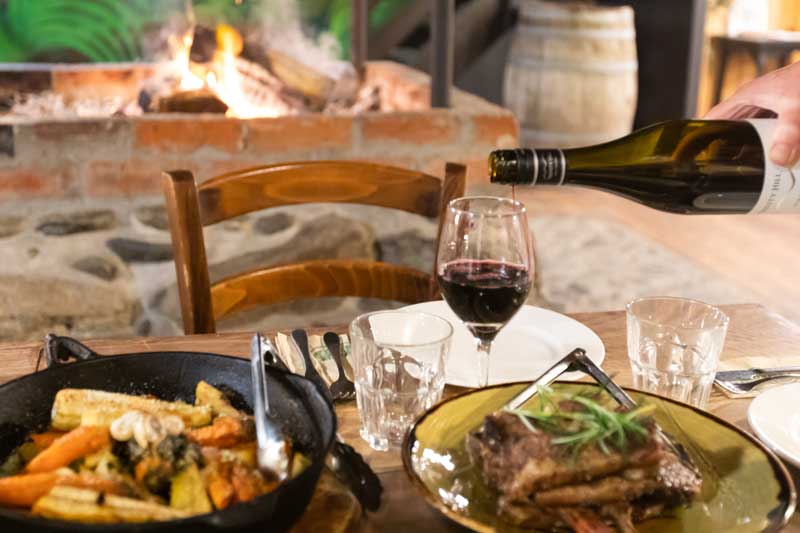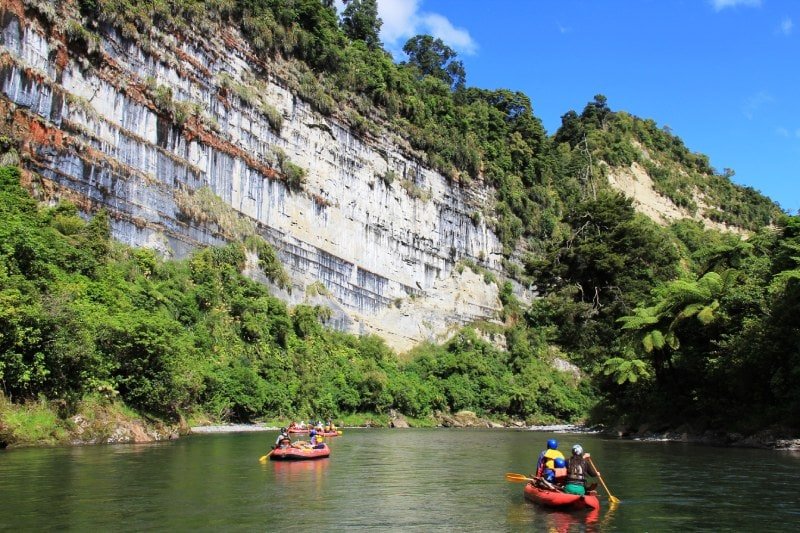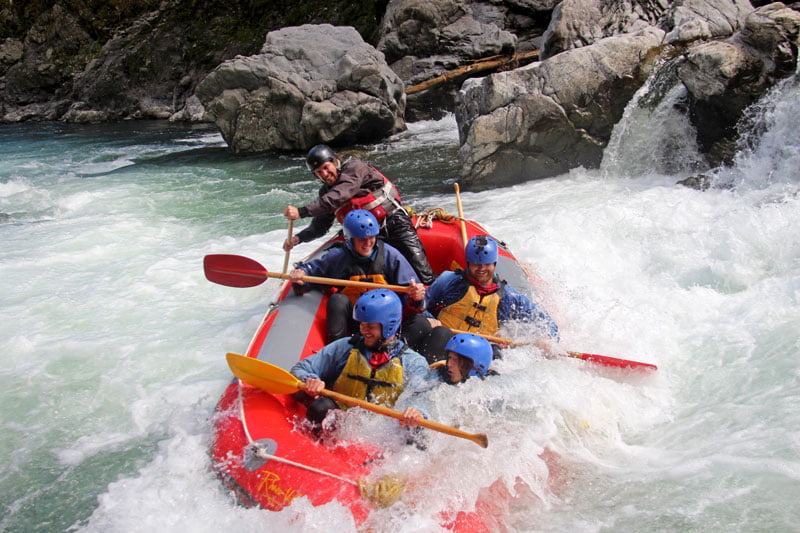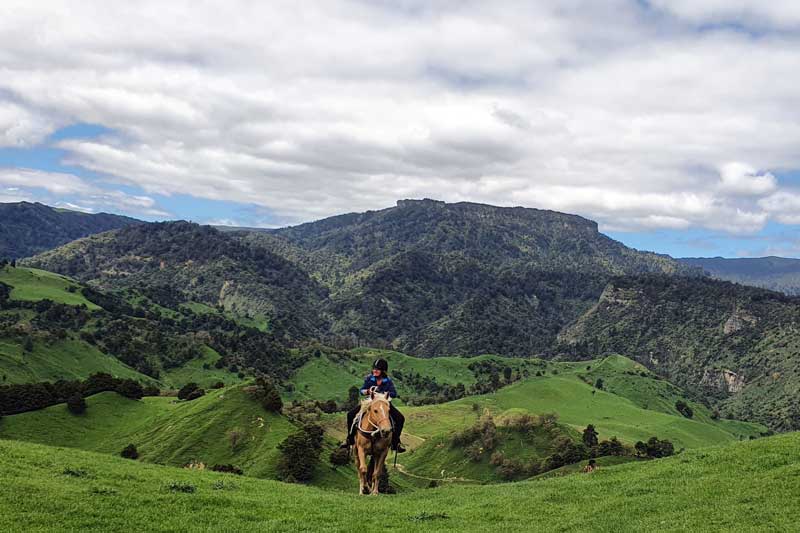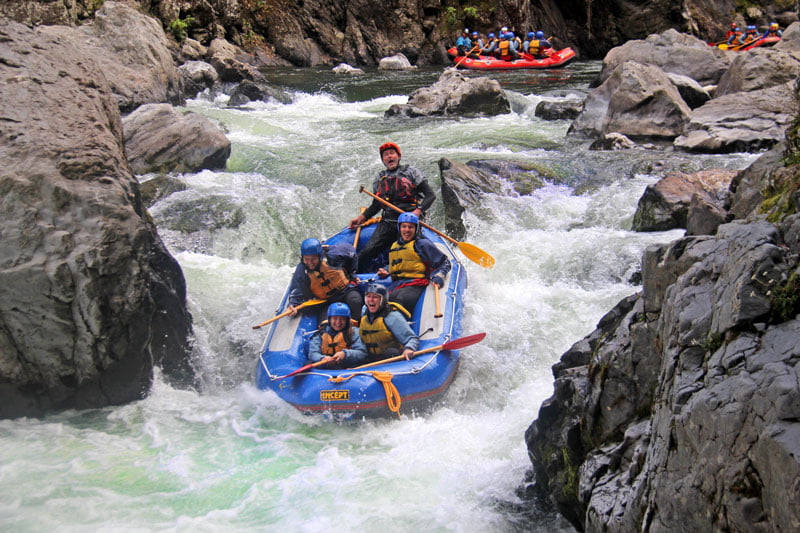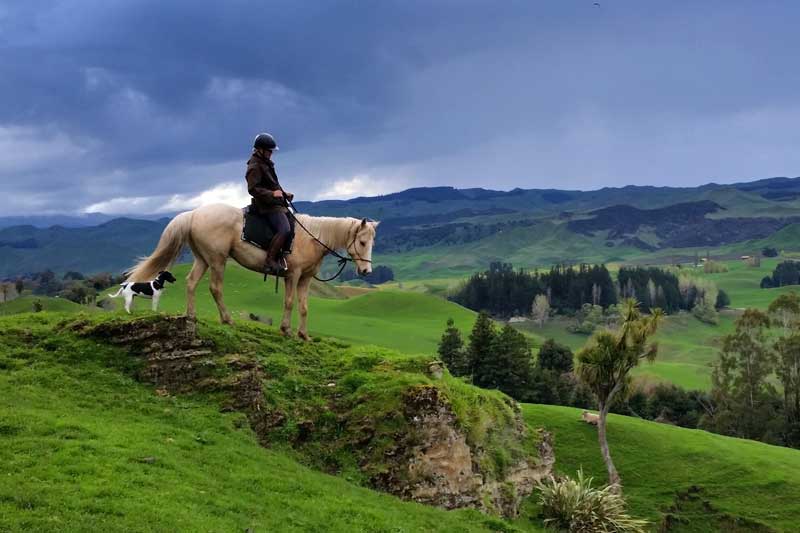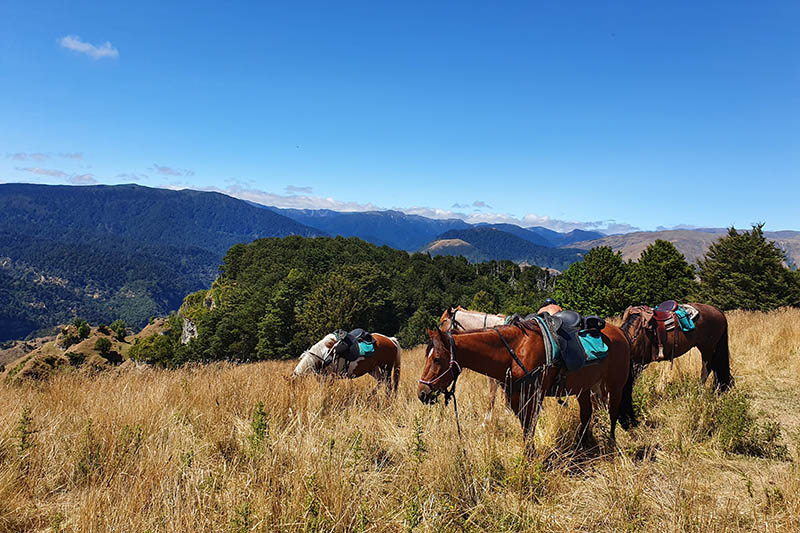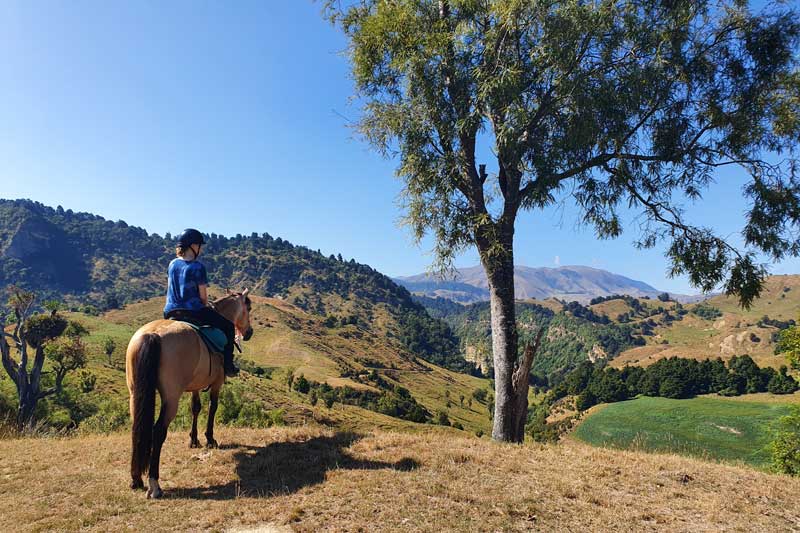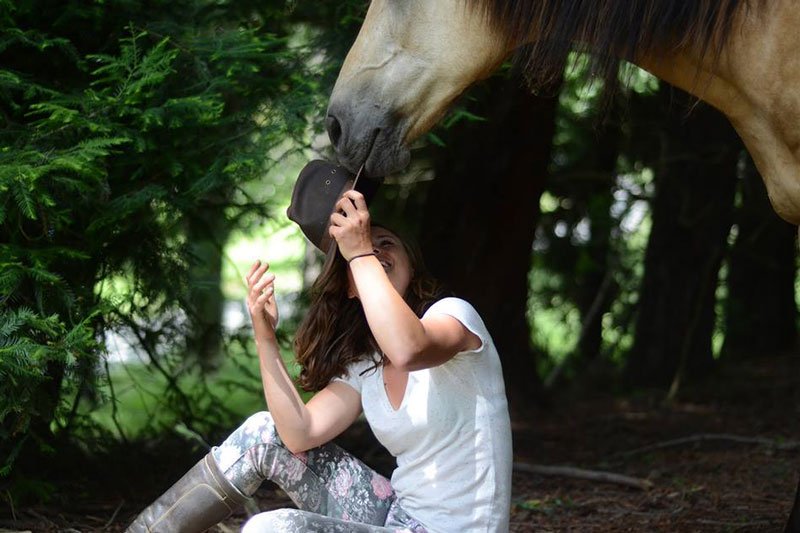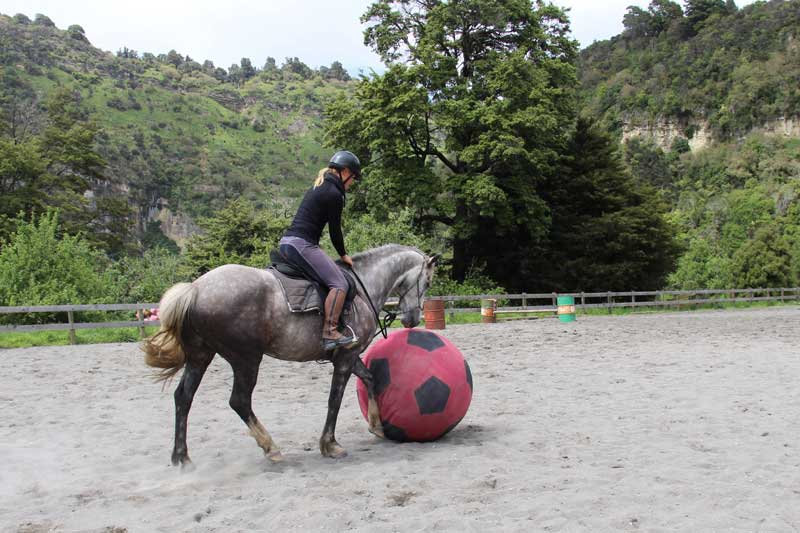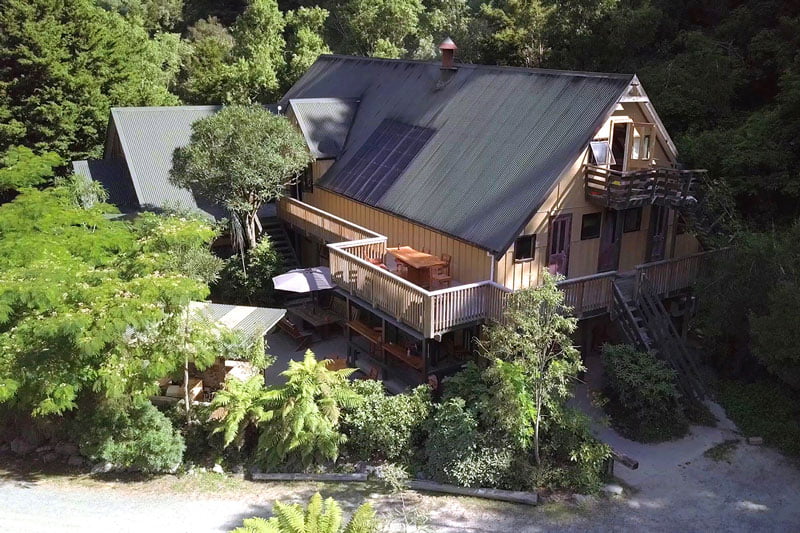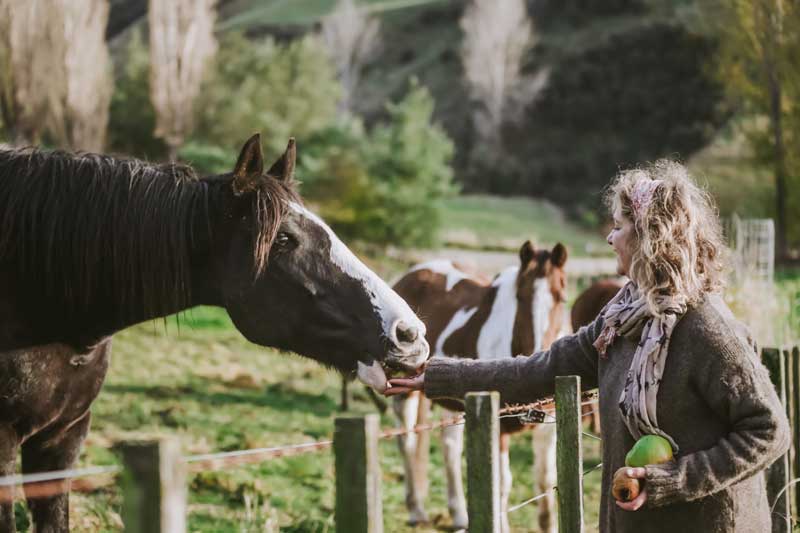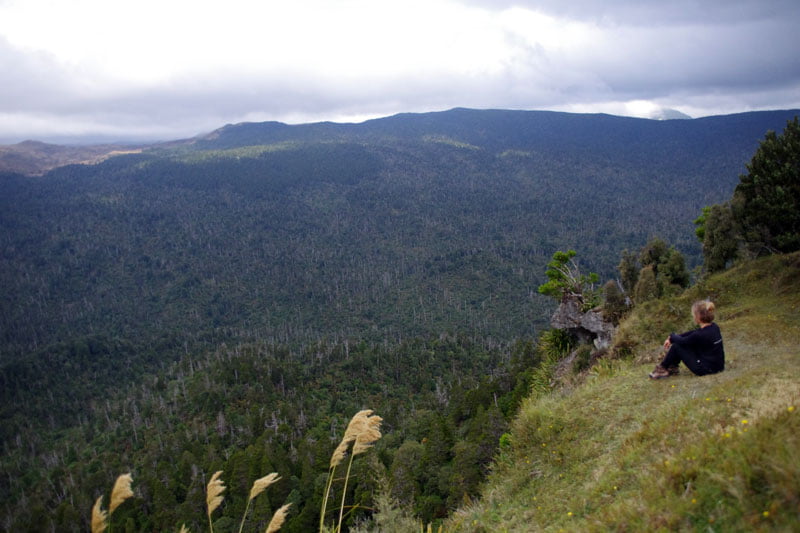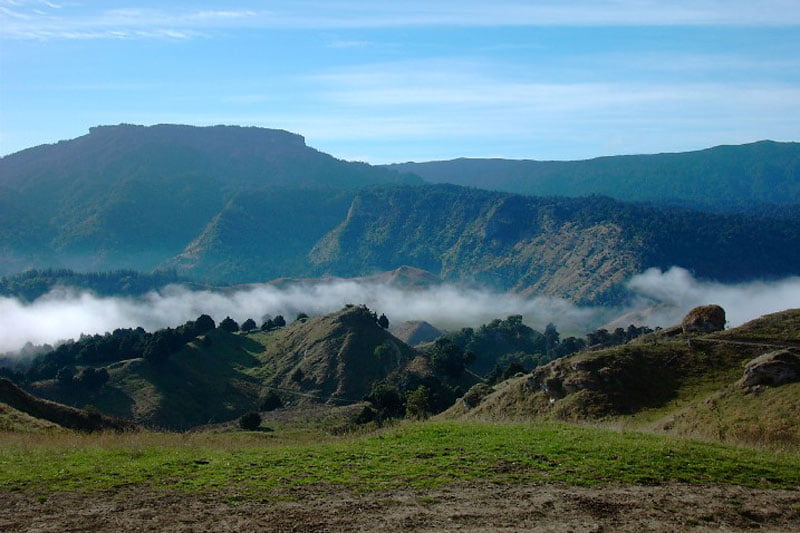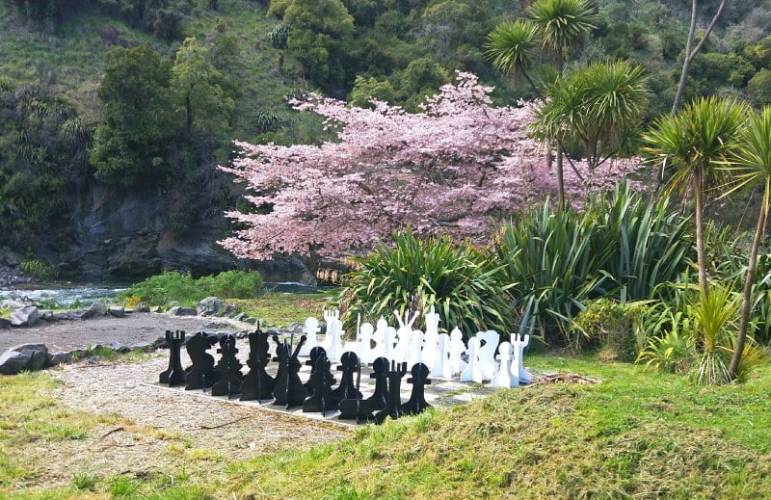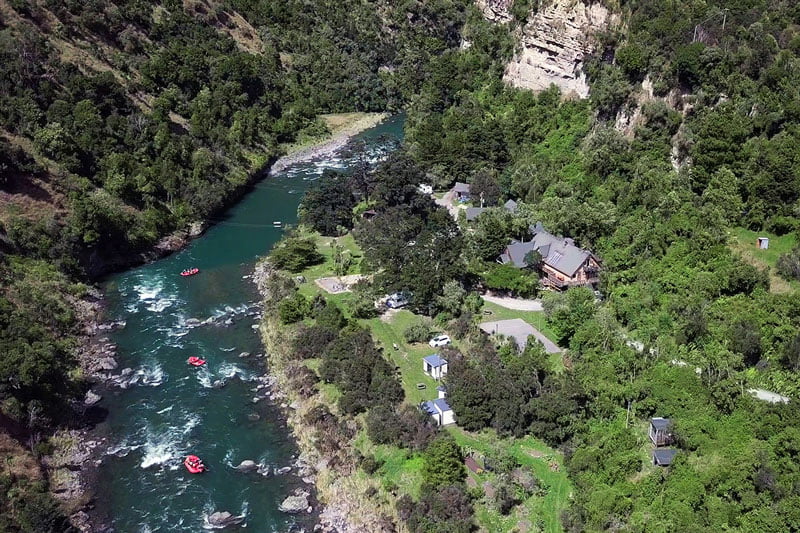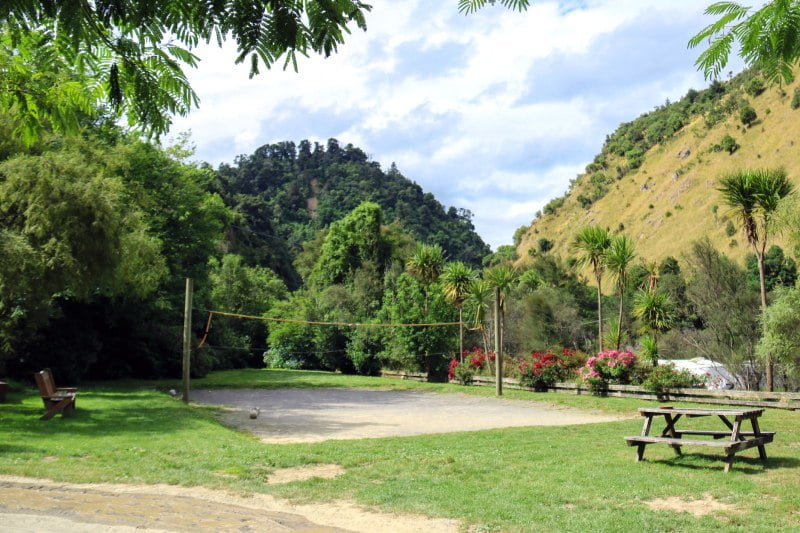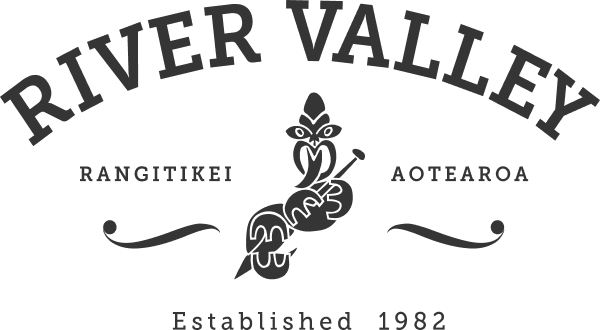Whio Whio
Picture in your mind a land, the last major habitable land mass on earth that had not been settled by human beings.
These forest covered islands had been isolated for millions of years. They were geologically young, part of the Pacific ring of fire, with volcanoes and earthquakes bringing land up from the sea and then submerging it again.
The creatures on this land had taken different and unusual evolutionary pathways, with many species being found nowhere else. The only mammals were 3 species of bats. Birds of all sizes and types, many flightless, filled every available niche. The were filled with bird song.
This land was Aotearoa/New Zealand prior to the arrival of its first Polynesian inhabitants in about 1300AD.
Jumping Forward
As we jump forward in time we quickly see major changes happening in a geological blink of an eye. The great flightless Moa who stood up to 3 metres tall and had survived for millions of years was quickly hunted to extinction. This first wave of extinctions that followed the arrival of these early Polynesian settlers was just a foretaste of what was to come, the second wave of destruction.
The second wave of destruction arrived with European whalers, sealers and colonists in the early 1800s. With them came rats, cats, dogs, domestic farm animals Many such as goats and pigs that went feral, rabbits, hares, opossums, and later, deer, ferrets, stoats and weasels.
Species after species, long evolved for a very different type of environment, quickly slid towards the long night of extinction. They had been unable to survive the tidal wave of tooth and claw and habitat loss. Only in the margins, in the very back country, in areas inaccessible, cold and high, did some of these species just hang on.
Here And Now
In one such area in the central North Island, inaccessible, high back country, lies the Northern Ruahine Ranges. It is an area with a mixture of bush, open tussock land, and clear streams. Here in this remote place a remnant of some especially vulnerable birds just held on. Even here, others such as Huia and Northern Takahe, could not survive, and entered the darkness in the early 1900s.
River Valley Lodge lies adjacent to this last refuge.
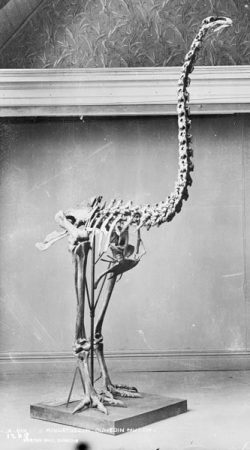
The Moa – nine species of flightless birds endemic to New Zealand, hunted to extinction.
Stoats were introduced into New Zealand to control introduced rabbits and hares, but are now a major threat to the native bird population. Image courtesy of Te Papa
The Ruahine Ranges, adjacent to River Valley in the Central North Island
The Push Back
The ills besetting these taonga, these treasured species, from this tidal wave of tooth and claw that remorselessly hunts is entirely man made. As such it is up to us to show our kaitiakitanga, our duty of guardianship.
River Valley is an active participant with eight other organisations in a collective group, The Ruahine Whio Collective who specifically help one of these threatened species, the Whio, or Blue Duck.
The Whio is one of only three species of torrent ducks in the world. Torrent ducks inhabit fast flowing streams. While once common throughout Aotearoa/New Zealand, with fossil remains right out to the coast, Whio now numbers only 2500 birds. A combination of habitat loss – it is an indicator species that requires very clean water – and predation has led this species to the edge of the abyss of extinction.
What Do We Do to Help Whio?
The eight groups and organisations that make up the Ruahine Whio Protectors operate a network of 3000 kill traps. This network covers rivers and ridges, mountain streams, bush and high-country tussock tops. All the work is done voluntarily with dozens of people giving of their free time to tramp the hills and help with the monthly trap checking.
This is a huge and often thankless task. The area covered with traps makes it one of the largest volunteer efforts in the country. It also has some of the most challenging topography.
Why traps?
Stoats, a mustelid introduced to control rabbits, also introduced, are the main killer of endangered Whio. One of the most effective ways to control these vermin is with kill traps. While our traps are specifically to help Whio survival, the drop in predator numbers helps all our native species.
River Valley’s area of responsibility is the Rangitikei River and surrounds. Our traps cover 20kms of river and some side streams.
The Results
While as trappers we often talk about how many rats, stoats or hedgehogs we have caught, the real results are more to do with the question, is the population of birds increasing?
While on the river, we are now seeing more Whio, especially over winter, than ever before, (very exciting), over all we are just holding the line.
Make no mistake, this is a herculean task, a war without end, but if we don’t do it, who will?
The alternative is to say to our grandchildren, “there used to be Whio, Kaka and others here”. And when they say, “Grandad, where are they now?”
What will be our response?
Brian Megaw
How Can You Help?
If you are interested in getting involved in our conservation work, have a look at our conservation page on the River Valley website.
